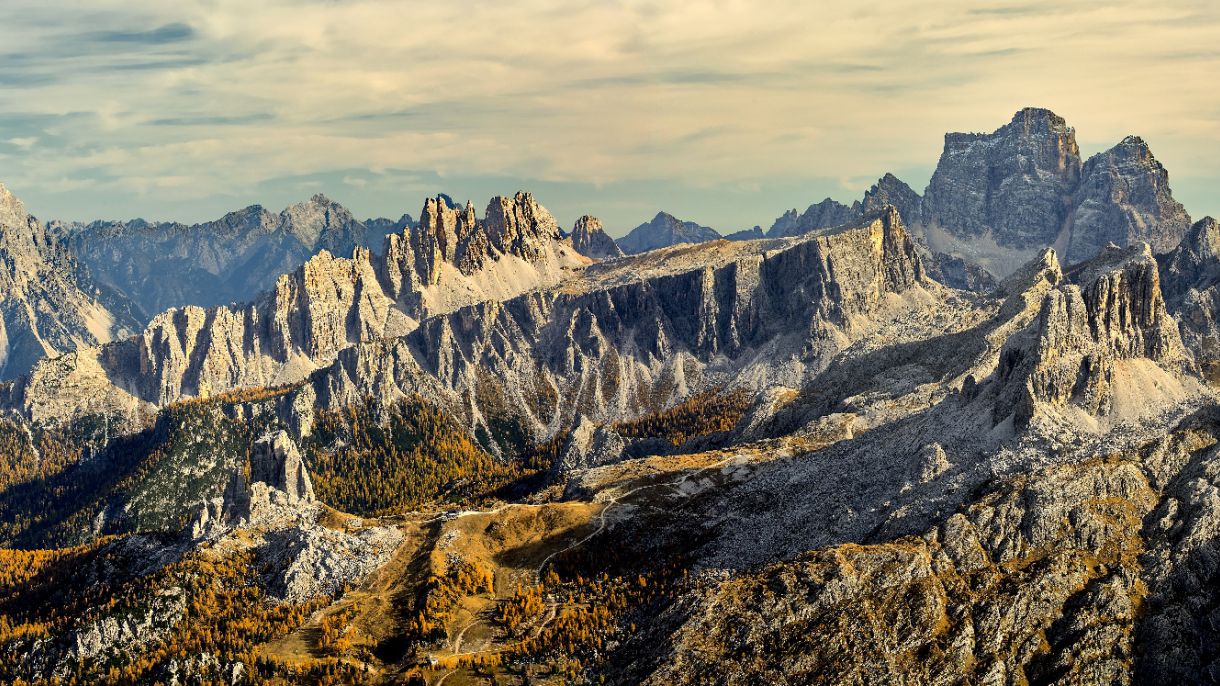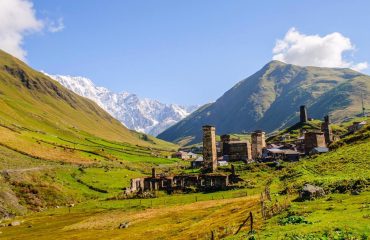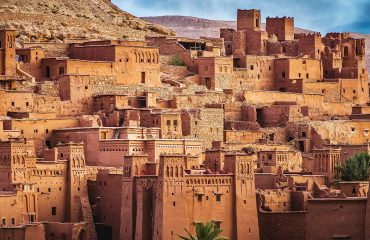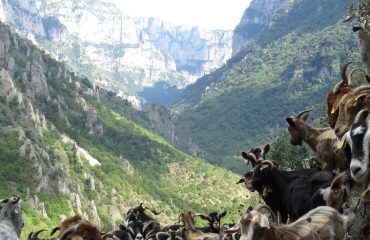The Dolomites in northeastern Italy, also known as the “Pale Mountains”, definitely have character. They take their name from the carbonate rock dolomite, named for 18th-century French mineralogist Déodat Gratet de Dolomieu, and with their vertical walls, sheer cliffs and a high density of narrow, deep and long valleys are a hiker’s paradise.
They have long been a source of both fascination and awe for me and although this wasn’t my first visit here, this time I came back to hike part of the Alta Via 1. The trip started in San Candido where the scenery is just amazing. You are surrounded with limestone, peaky mountains with green lush surroundings. As you can imagine we couldn’t wait to start off hiking!
The first day, we hiked the Tre Cime di Lavaredo loop one of the most popular hikes in the region, for a good reason, as mere words cannot describe the majesty of Tre Cime’s landscape. These three peaks of Lavaredo stand like monoliths jutting out into the sky, surrounded by hundreds of jagged peaks in a variety of interesting shapes line the horizon like a crumbling forest of high-rise rocks. If you exclude the crowds, the hike itself was simple amazing but what struck me most was the tunnels next to the Rifugio Locatelli. Today it is almost impossible to consider, that one hundred years ago this section of the Dolomites became the setting for some of the most ferocious fighting of the First World War. For more than three years, hundreds of thousands of Italians and Austrians clung to the rocky peaks surrounding the Tre Cime and attempted to blow each other off the mountains in a bid to gain territory.

Hiking Tre Cime di Lavaredo was a great introduction to the area, but I was looking forward to the next day and the Alta Via experience. So, on the morning of the second day I woke up feeling revitalized and ready to tackle the route. As we took off, fueled by strong Italian coffee, the beauty of the Dolomites spread itself before us. We hiked from Lago di Braies, which reflects colors in all shades from green to blue, deeper into the Dolomites in the direction of Rifugio Fodara Vedla. Wild or dispersed camping is not allowed along the route, instead hikers are required to stay in mountain rifugios. These rifugios are often set in the most idyllic locations: impossibly perched upon a mountaintop, nestled in the shadow of mountains, or set against the backdrop of undulating hills that stretch to the horizon.
The next day was spent traversing through some of the most captivating landscape as the route takes us from a valley to a valley, past other rifugios until we reached Rifugio Lavarella. The more spartan rifugios are run by the Italian Alpine Club, but Lavarella is privately owned, a three-story stone-and-wood structure nestled in a narrow valley. We drop our packs, kick off our hiking shoes and, drinks in hand, watch the clouds envelop the pines on the ridge. We shower and then dine on handmade gnocchi and house red.
The third day of Alta Via we woke to sunlight and crisp mountain air, with fluffy cumulus clouds snag in the trees lining the lower mountain slopes. This day consisted of more of the same up and down to our destination of Rifugio Lagazuoi. This rifugio was well worth the effort. It is situated on a mountaintop with 360 degrees of breathtaking views. I’ve done a lot of walking in different parts of the world, but this single view was one of the most impressive i’ve ever seen. There are just no words or pictures would do it justice.

Last day of the Alta Via took us from Rifugio Lagazuoi to Cortina d’Ampezzo. If the Dolomite peaks are among Italy’s most fascinating, Cortina d’Ampezzo is surely the queen among them. In addition to this, Cortina d’Ampezzo offers more: breathtaking panoramas, historically important churches and monuments, art and outdoor sports of all kinds, a fair amount of high society sophistication plus an interesting food scene. Strolling among its cobbled streets the town presents an animated historic center with many points of interest.
The final day of the tour we drove to the Tre Croci pass and hiked towards the lake of Lago di Sorapis. Its milky blue hue and dramatic backdrop of rugged cliffs surely make it one of the region’s most impressive sights and a great ending to our adventure!
The Italian Dolomites are a stunning combination of beautiful, expansive alpine meadows dotted with colorful alpine flowers; all framed by spectacular craggy mountain tops. Hiking through verdant valleys and along exposed ridge lines, dining on impeccable rustic fare and drinking too much red wine was the way to experience them…
Saying goodbye to them was hard but as i am writing this lines, i am already planning my next Alta Via adventure there, this time to Selva Val Gardegna and the Odler-Puez National Park!
Written by Dimitris Papageorgiou









































